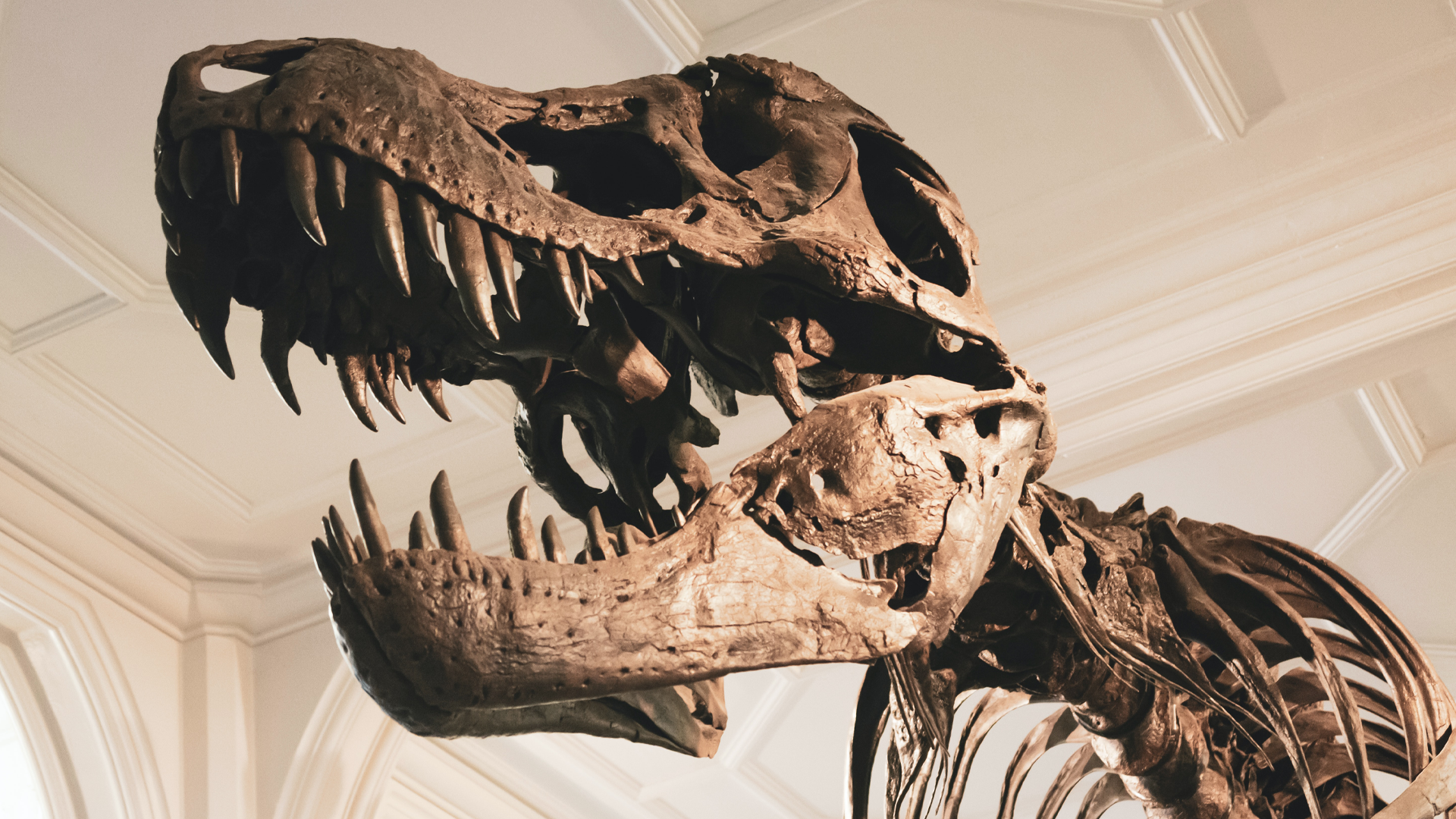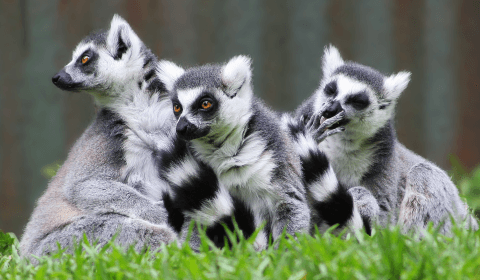A bio-tech company has caused worry for its ‘de-extinction’ project reminiscent of Jurassic Park’s plot. Some experts in the field argue that reviving lost species only contributes to the destruction of ecosystems.
Bringing back dead animals may seem like witchcraft, but science has proven otherwise.
De-extinction refers to the resurrection of extinct species through various scientific methods. The goal of this concept is to rewild extinct species into their natural habitat in order to bring back order to Earth’s ecosystems. The entire topic of de-extinction has led to many debates between visionaries and experts.
As a rapidly advancing field that has the potential to impact the future of our planet, it is vital to understand the repercussions of using this method as a form of protecting and restoring our planet.
Colossal Biosciences is a biotechnology company that has garnered many investors after promising to revive some extinct species. These include the wooly mammoth, the Tasmanian tiger, and the dodo.
It hopes to introduce wooly mammoth calves into the Artic Tundra by 2027. The company claims that its work would be a solution to climate change. Though it has gained the support of many, it has also received its fair share of criticism. So, what exactly is the controversy with de-extinction?
There are a handful of scientific methods that make de-extinction a possible reality – but the one that experts find the most promising is genome editing.
This involves obtaining DNA from extinct species, which is incredibly difficult to do. Samples are usually found in fossils but, even then, DNA could end up being fragmented. This hinders the ability to get a complete genetic code.
If it is successfully attained, scientists perform a genome sequencing process in which the order of DNA bases that make up the organism is determined. This is followed by editing the sequence and creating embryos through cloning or other reproductive technologies.
One key environmental concern from sceptics is the displaced allocation of resources that could otherwise be used for the conservation of species still alive.
Other worries include the dangers of manipulating DNA to create and release ‘new’ species. With no risk assessment, they could harm Earth’s biodiversity and ecosystems. Critics argue that cloning animals into an unfamiliar era may cause them psychological trauma.
Most troublingly, ancient pathogens could be re-introduced, harming both revived species and current ones, since they have no developed immunity.
Introducing a new species into the wild does not guarantee them a suitable habitat. There’d also be new competition for food and shelter which could result in a survival of the fittest situation.
The re-introduction of extinct species could also alter the food web and cause its collapse.




















